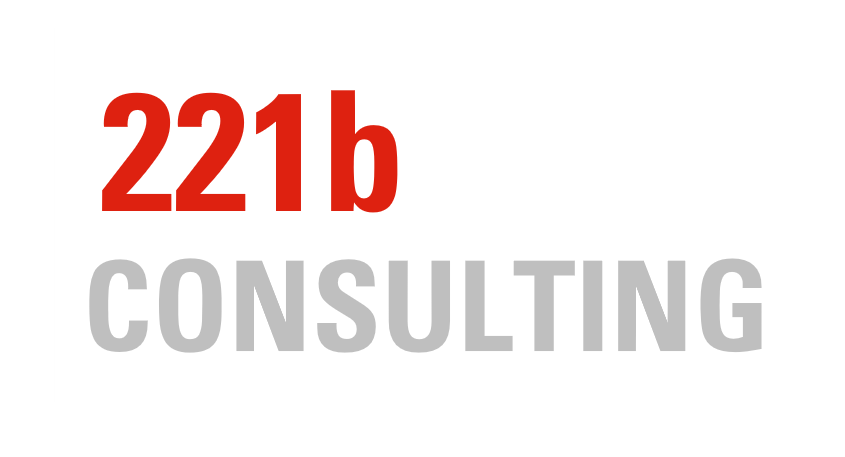
The commercial insurance market is at an inflection point. Premiums continue to rise, often without a clear explanation to the insured. Clients who have not suffered a claim still see increases driven by forces largely outside their control including inflation, climate change, litigation trends, nuclear verdicts, tariffs, and geopolitical instability. As a result, the question is asked with greater frequency: why is my insurance premium going up if my exposure has not changed and I am working hard to control my risk? The lack of a satisfying answer creates frustration, and it is within this environment that artificial intelligence is beginning to change the way underwriting, pricing, and product offerings are approached.
This tension, where premiums rise without clarity, is exactly where AI’s promise of efficiency and precision feels most compelling. Faster evaluation, more accurate processing of large amounts of data, and the ability to deliver tailored quotes that more closely align premium with actual exposure are appealing to every participant in the process. For underwriters, AI can eliminate inefficiency by handling the heavy lifting of data summarization and policy comparison, freeing human judgment for the deeper evaluation of exposures, controls, and strategy. For brokers, AI can reduce time spent manually comparing forms, improve completeness of submissions, and highlight coverage gaps with more consistency. For insureds, AI can streamline data collection, cut down on errors, and ideally reduce the administrative burden of renewals. On the surface, this looks like a win for all parties.

But the very efficiencies that make AI attractive can also create fragility if judgment, diligence, and craft begin to erode. If underwriters or brokers lean too heavily on AI outputs, there is a real possibility the art of underwriting and the technical expertise of brokerage begins to fade. Younger professionals who no longer have their hands on the paper may miss the apprenticeship years that built the foundation of today’s senior talent. AI bias is another concern, especially if prompts or model design introduce unintended skew. The science is only useful if it is factual and consistent, and the art requires unbiased interpretation layered on top. This is where the strength of the experienced underwriter or broker comes forward, using AI as a complement, not a crutch.

If the role of people must be rethought, so too must the role of regulators who are tasked with ensuring fairness and solvency in a marketplace being reshaped by opaque systems. For decades, underwriting models have been imperfect and difficult to fully explain, yet widely accepted. Now, with AI, regulators are faced with something more unclear and rapidly evolving. Should they demand full interpretability, require insurers to prove AI’s decision logic, or create sandbox environments to test models before widespread deployment? The temptation will be to overregulate or underregulate, both of which carry risk. What is needed is a thoughtful balance where insurers are transparent about how AI is used, regulators hold them accountable, and the insured has confidence that premiums are fair and predictable. Whether global regulators can align on such an approach is far from certain. Fragmentation, as seen with privacy regimes, risks creating inefficiency and confusion, precisely the opposite of what AI promises to solve.
Regulation, however, is only part of the story. The industry itself will need to wrestle with how AI models are developed, deployed, and tested for resilience. Could a neutral third-party AI service emerge as the baseline, evaluating risk consistently across the industry and allowing insurers and insureds to negotiate from a shared foundation? Such a model might provide efficiency and fairness without requiring every insurer to build their own system. Conversely, if all major insurers adopt similar AI models, there is a risk of systemic blind spots and sudden volatility when models are updated. Resilience must be considered alongside efficiency. If AI is misused, manipulated, or simply wrong, the consequences could be rapid and far-reaching.
Which leaves the industry at a crossroads. The promise of AI in commercial insurance underwriting is to match premium more closely with exposure, rewarding organizations that invest in controls and transparency, and challenging those that do not. This should be a fairer system than blanket increases applied to entire classes of business. But the speed of adoption, the reliance on ambiguous models, and the fragility of new systems mean there is also the risk of disappointment.



Will AI be the catalyst for a more personalized, efficient, and predictable insurance marketplace? Or will it become another tool questioned by underwriters, brokers, and insureds alike, seen as more fiction than fact? It is too early to know. What is clear is that the industry cannot afford to wait passively. If we fail to act with intention now, we may look back years from today and realize we missed a rare opportunity to improve the marketplace for everyone.
Let’s discuss how you’re using AI to help improve your insurance program.
Click here to schedule a Discovery Session or use the Discovery Session button on my website.
